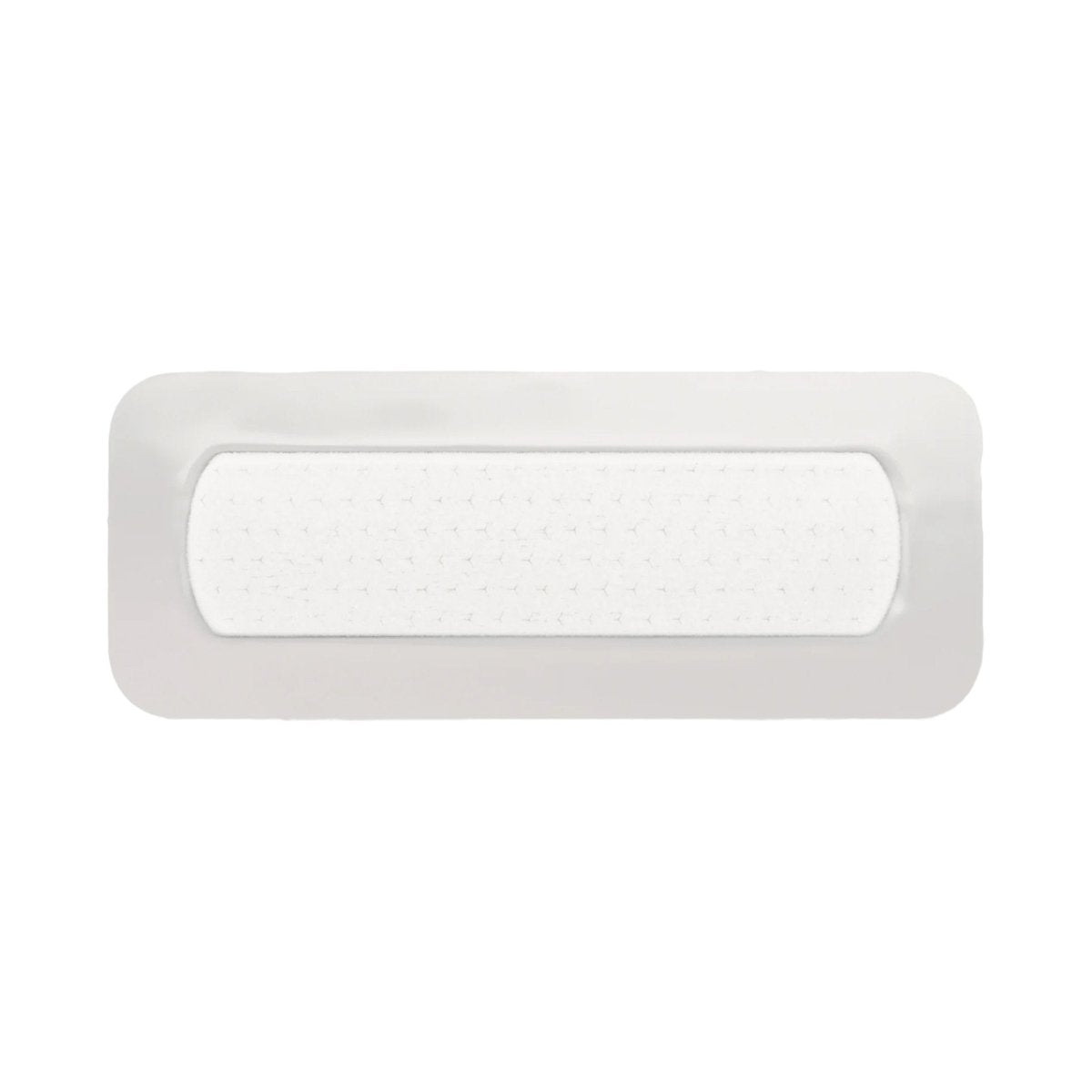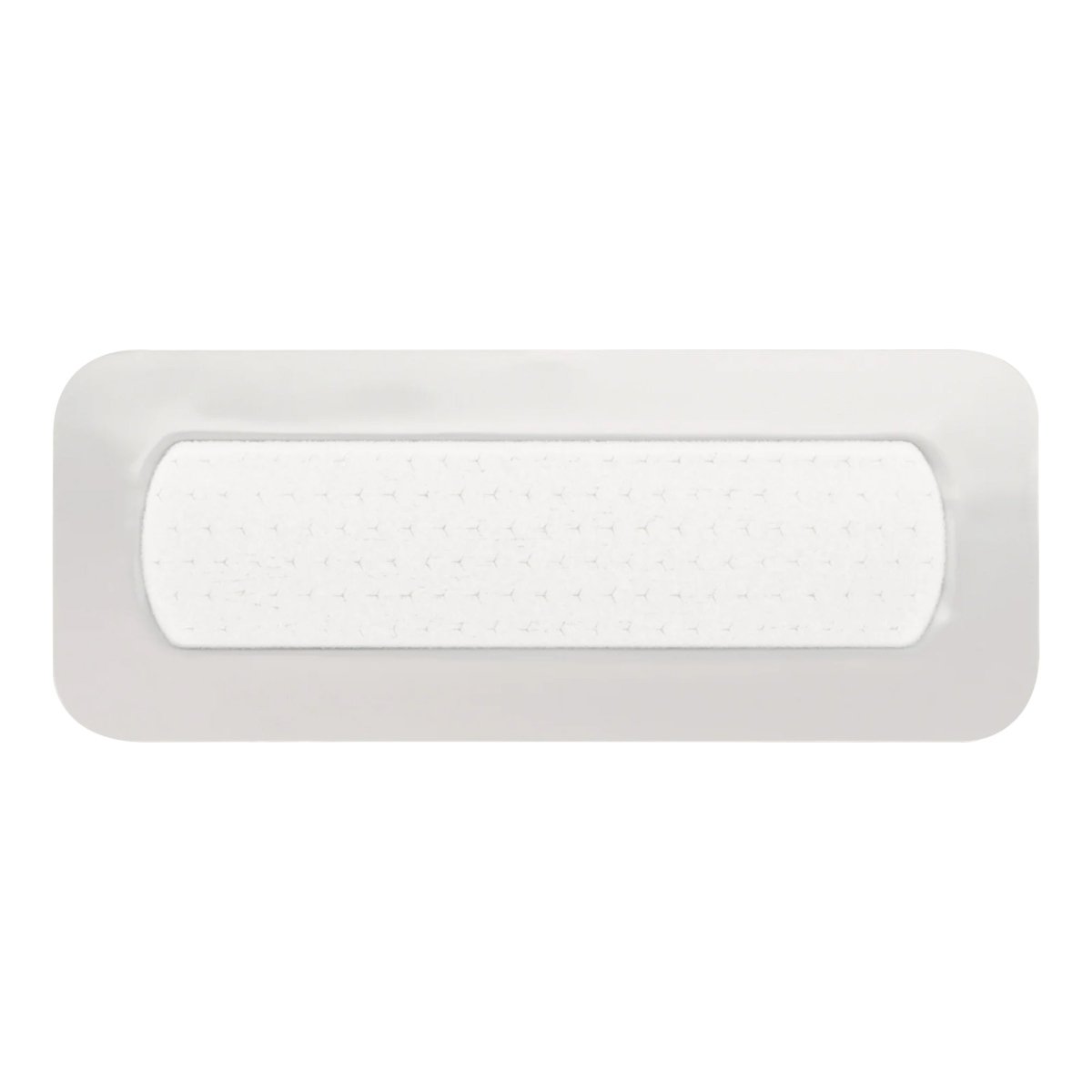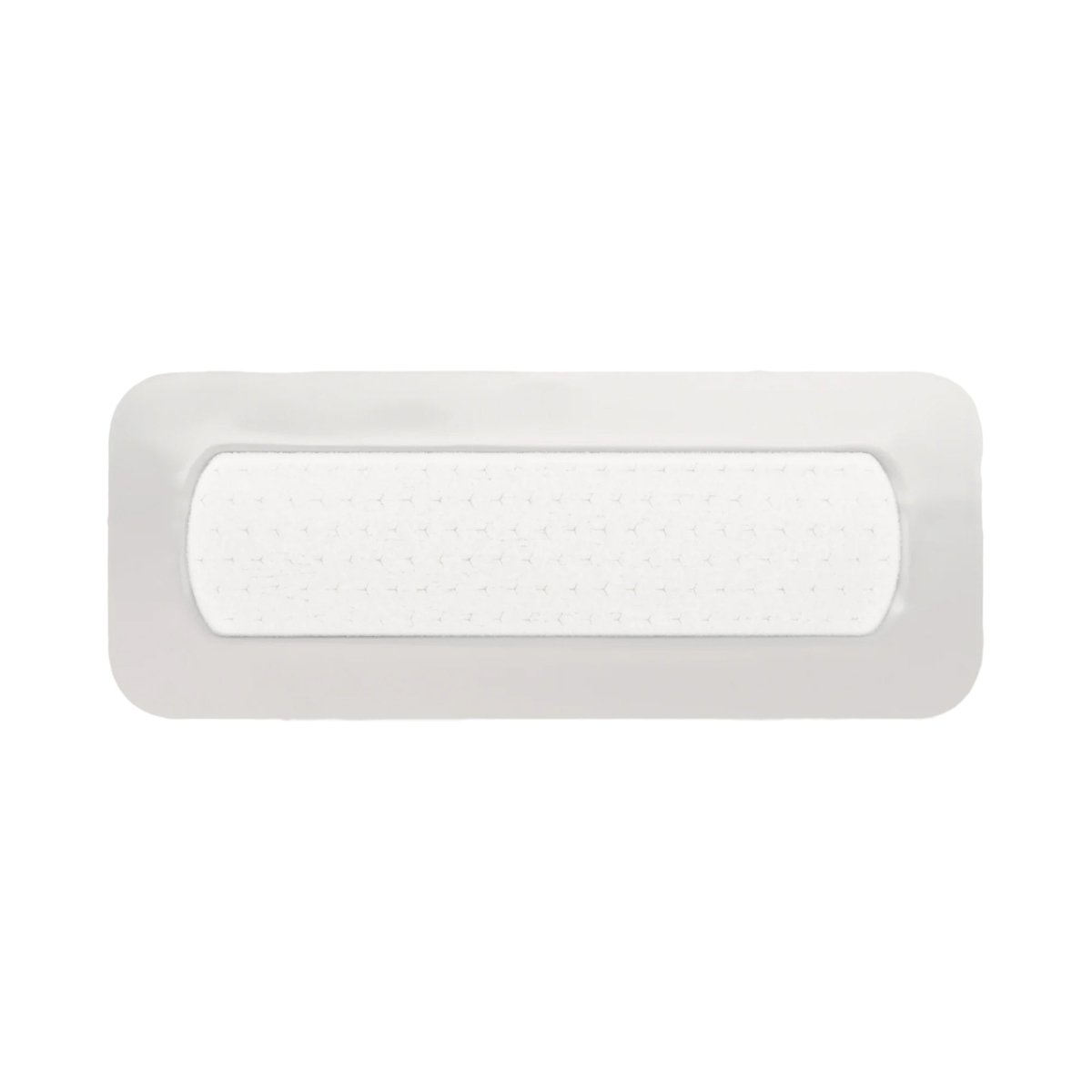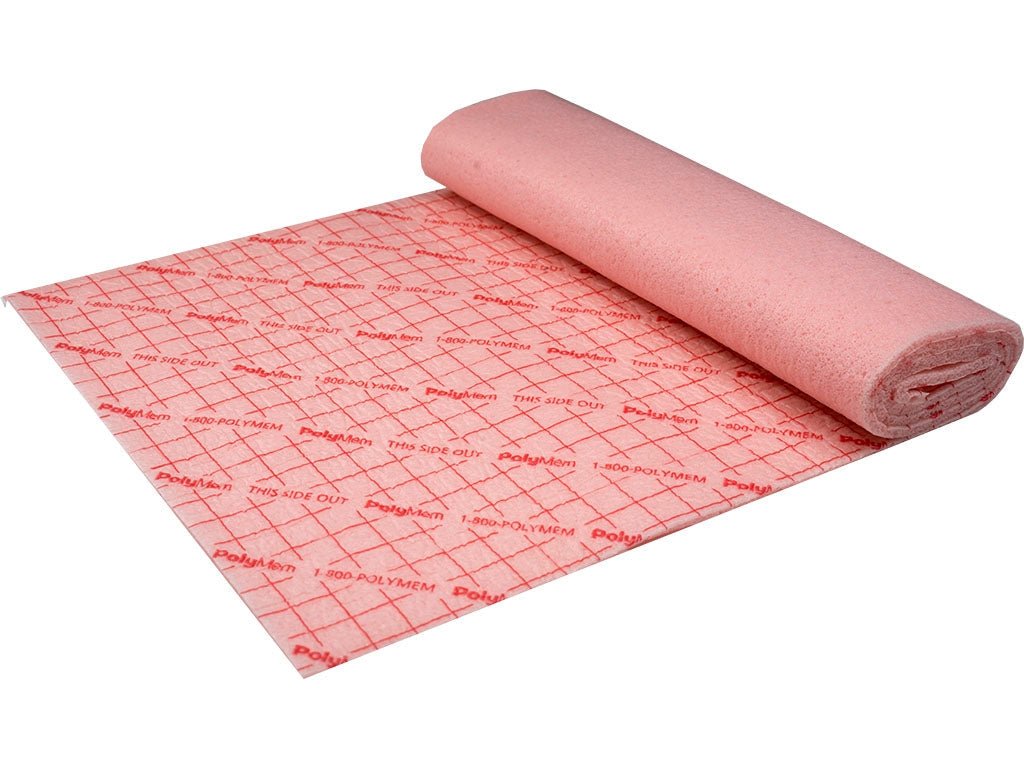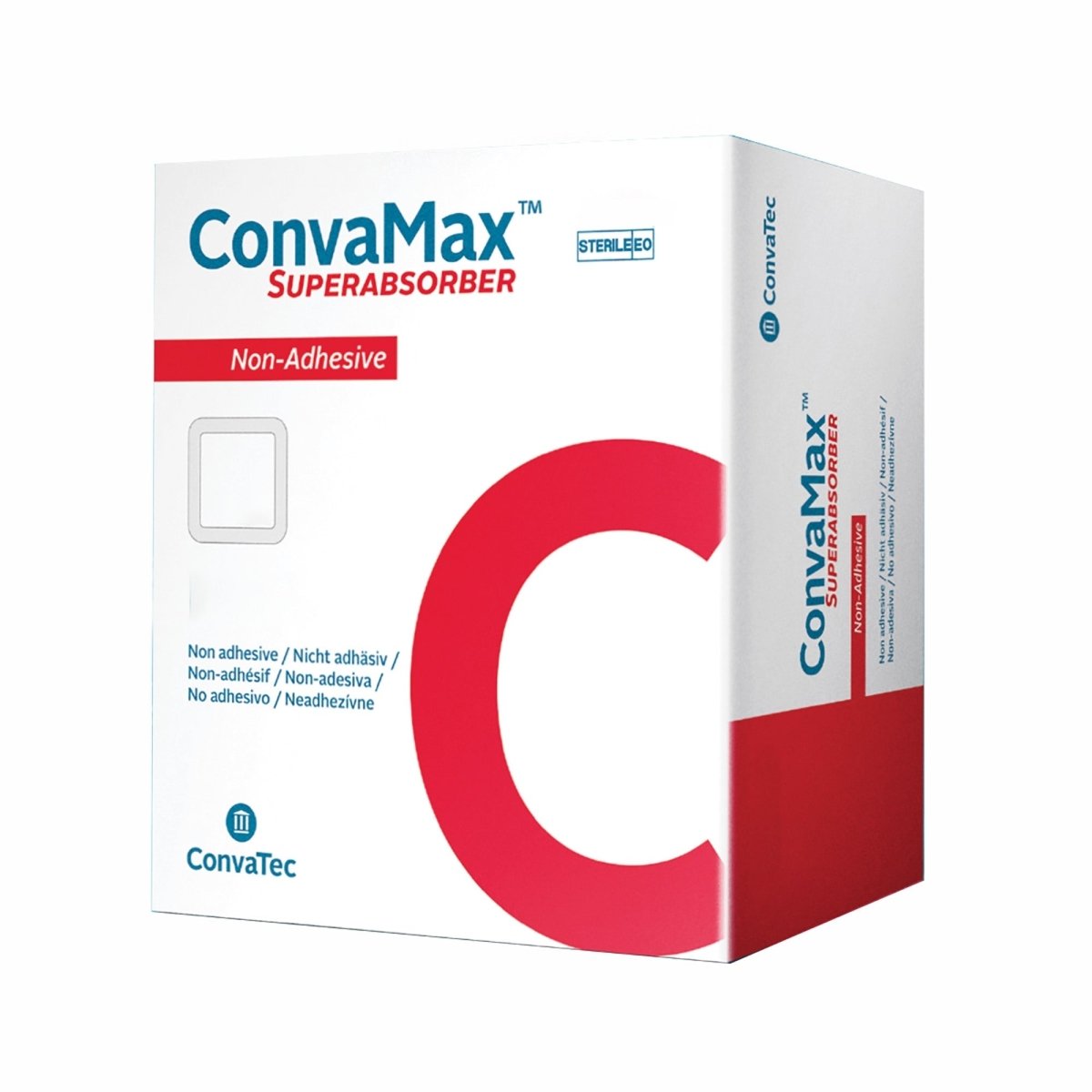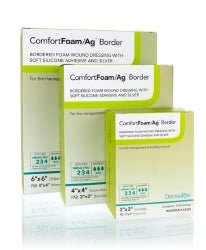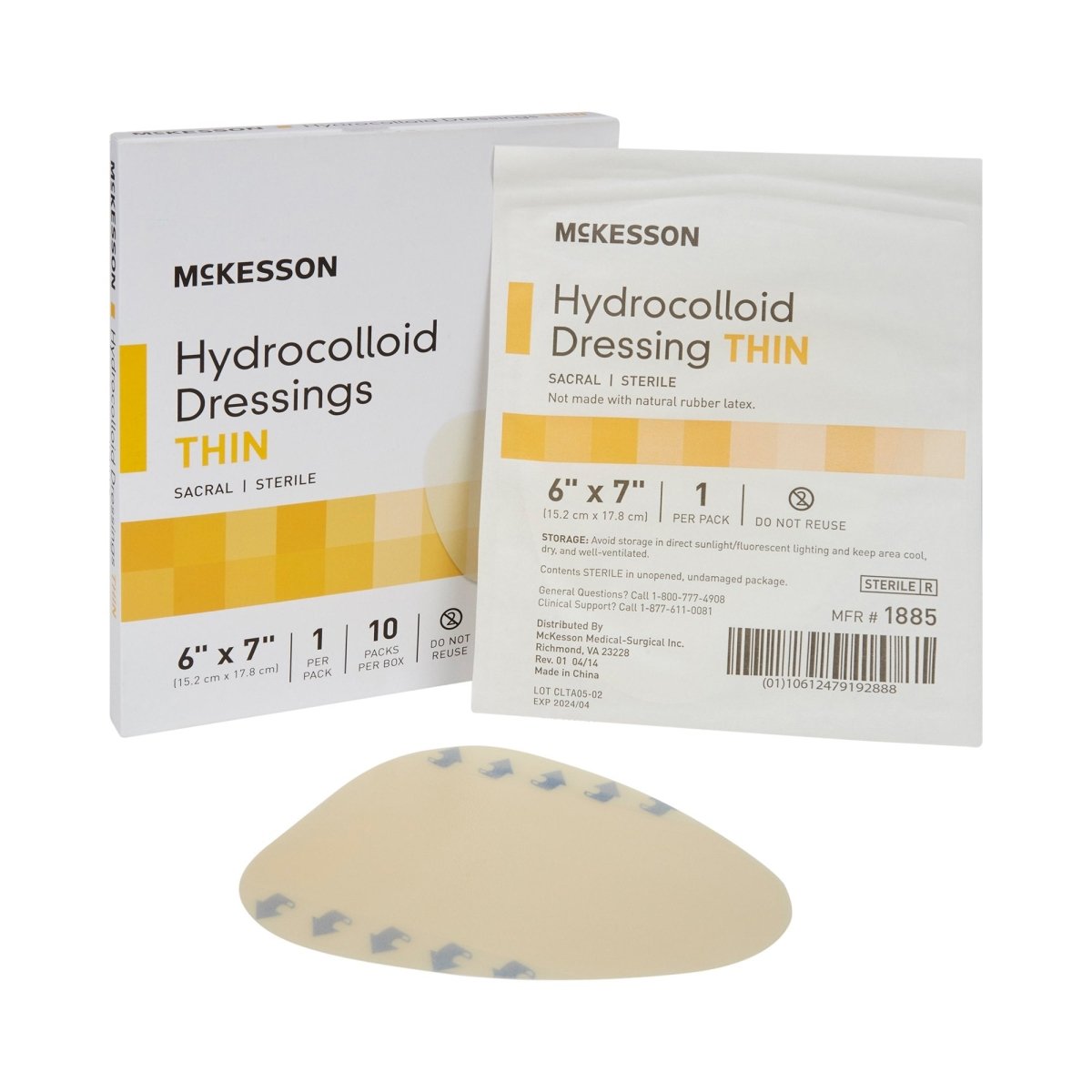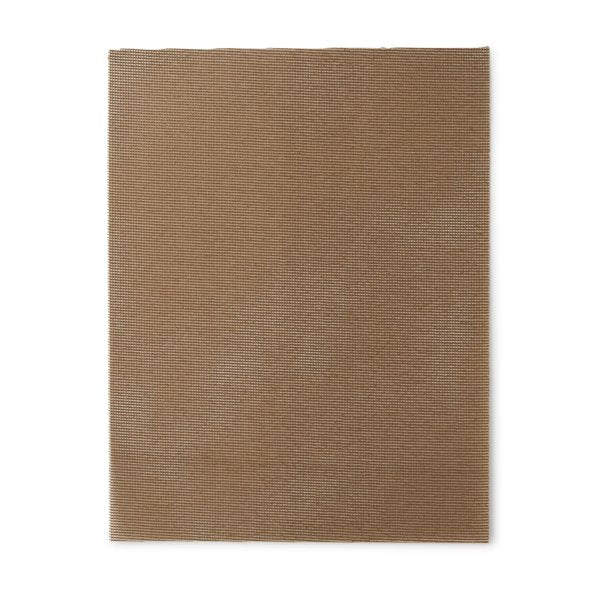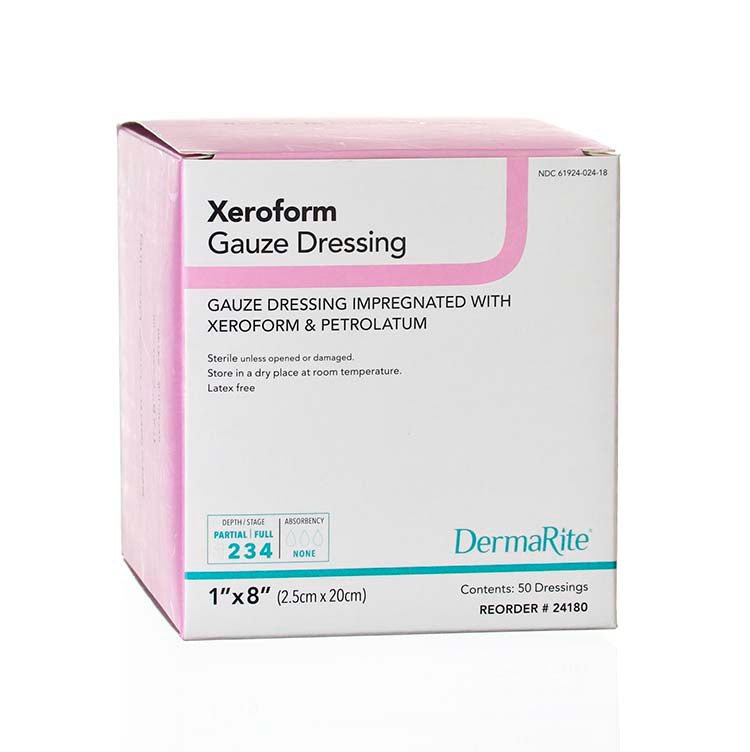Foam Dressings - Soft, Comfortable Wound Care for Healing and Protection
Foam dressings are a popular choice for wound care due to their soft, comfortable feel and versatility. These dressings are made of a soft, spongy foam material that conforms to the shape of the wound and helps to protect it from further irritation or damage.
Foam dressings are suitable for a variety of wound types, including pressure ulcers, leg ulcers, and surgical wounds. They can be used to cover and protect the wound, absorb exudate (drainage) from the wound, and promote a moist wound healing environment.
![]()
One of the main benefits of foam dressings is their ability to absorb large amounts of exudate without becoming heavy or bulky. This helps to keep the wound area clean and reduces the risk of infection. Foam dressings are also highly absorbent, so they can help to prevent exudate from soaking through to clothing or bedding.
Foam dressings are easy to apply and remove, and are available in a range of sizes and shapes to fit different wound types and locations. Choose foam dressings for a soft, comfortable, and effective wound care solution.
Frequently Asked Questions about Foam Dressings
Do you still have questions about Foam Dressings?
If we still haven't answered your question, you can contact us by phone or email and we will get back to you as soon as possible.

